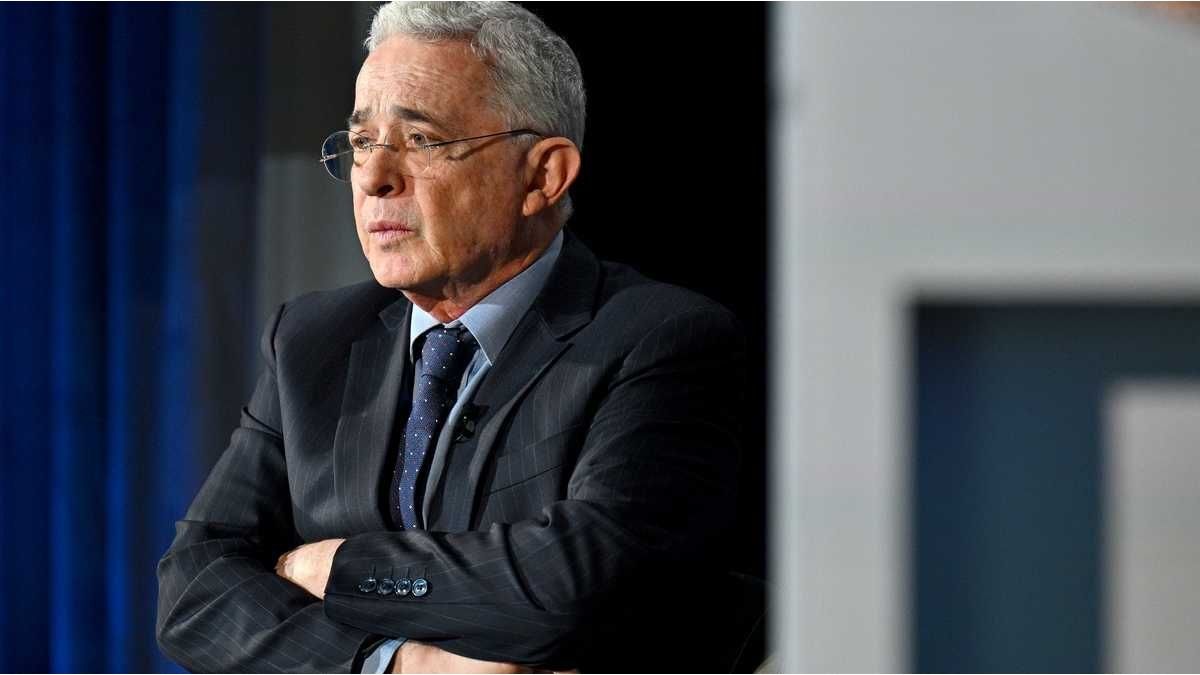The tools of central bank in the exchange market are not limited to the increasingly restrictive stocksthe sale of reserves and the control of official exchange rate. It is becoming more and more important bond selling strategyespecially the AL30as a measure to stop the operation of the dollar Electronic Payment Market (MEP).
The disbursement of US$7.5 billion that came from the International Monetary Fund (IMF) failed to contain the reserve drain. After receiving them, the entity chaired by Miguel Angel Pesce allocated some US$1.7 billion to pay outstanding debts with the Andean Development Corporation (CAF) and Qatar for bridge loans to pay maturities with the IMF.
Added to this initial expense was the constant trickle of dollars represented by the aforementioned containment of stock exchange rates, which added up to a large account. According to the estimates of Personal Investment Portfolio (PPI)For example, on Tuesday of this week, Central got rid of US$37.7 million in a single day to contain financial dollars and the accumulated intervention of the previous five days (from Tuesday to Tuesday) amounted to US$161.2 million, the firm maintains.
This figure is representative of a considerable acceleration in official intervention in these markets through the purchase of bonds, since the BCRA increased its presence since the PASO in that place.
Let us remember that, in order to control this exchange rate, what the BCRA does is reduce the value in pesos of the bond in question, which is generally the AL30, to prevent this quotient, that is, the exchange rate, from skyrocketing. For that reason, sell AL30 bonuses by pesos as a measure to prevent increases in operations of “counted with liquid” or the Electronic Payment Market (MEP).
However, you can also intervene to prevent this quotient is triggered by increasing the denominatorthat is, the value of AL30 in dollars. To achieve this, the BCRA uses the reserves in dollars to buy those bonds. However, due to the shortage of Dollarsthis strategy has limitations.
But, of course, the amount of resources that the BCRA has at its disposal to keep the Counted with Liquidation and the MEP is limited. According to the data of the Anker consultinguntil mid-August, 3.6 billion nominal bonds had been sold, mainly AL30and it was estimated that the BCRA had around 900 million AL30 available, equivalent about US$300 million at current market value.
MEP dollar: why does this market cost the BCRA millions per month?
In this way, it seeks to counteract the bullish effect generated by those seeking to dollarize through the stock market, especially now, in the face of electoral uncertainty. The process involves using the available pesos to buy public securities denominated in dollars and then selling these securities for dollars, completing a cycle that begins with pesos and culminates in greens. The resulting exchange rate is derived from the relationship between the price of the security in pesos and its price in dollars.
However, the new soy dollar could be a relief for the BCRA’s requirement for interventions in the MEP dollar. In recent days, the Government officially announced a new Export Increase Program in its fourth edition, which aims to obtain approximately US$2.5 billion. This plan allows exporters to settle 75% of their income at the official exchange rate from $350 until September 30while the remaining 25% is considered “freely available”.
The dollars settled abroad could largely enter through the CCL and that would inject foreign currency into that market, making it go down or containing the rise. And, according to Fernando Marull’s estimates, if the valuation of these two exchange rates is combined (one at the Cash value with Free Settlement and the other at the official one), the differential exchange rate would amount to $455, that is, 30% higher than the current price.
In this way, in the coming days and weeks, the need for BCRA intervention in stock market dollars could be partially alleviated, which, between July 24 and August 28, required the purchase of approximately US$2,000 million, but also recorded losses of more than US$900 million due to variations in reserves denominated as “others.” This implies a daily average of official intervention of around US$50 millionwhich indicates that its capacity for action is limited.
Thus, the expectation in the market is that the Government can maintain stability in the official dollar until the elections, using strategies both in the numerator (selling bonds for pesos to stop the increase in prices) and in the denominator (buying bonds in dollars and sacrificing reserves) to prevent the financial dollar from skyrocketing, analysts maintain that the relief in disbursements will be temporary. However, it will need strong help from the 4 soybean dollar to keep the wheels turning.
Source: Ambito
I am a 24-year-old writer and journalist who has been working in the news industry for the past two years. I write primarily about market news, so if you’re looking for insights into what’s going on in the stock market or economic indicators, you’ve come to the right place. I also dabble in writing articles on lifestyle trends and pop culture news.




